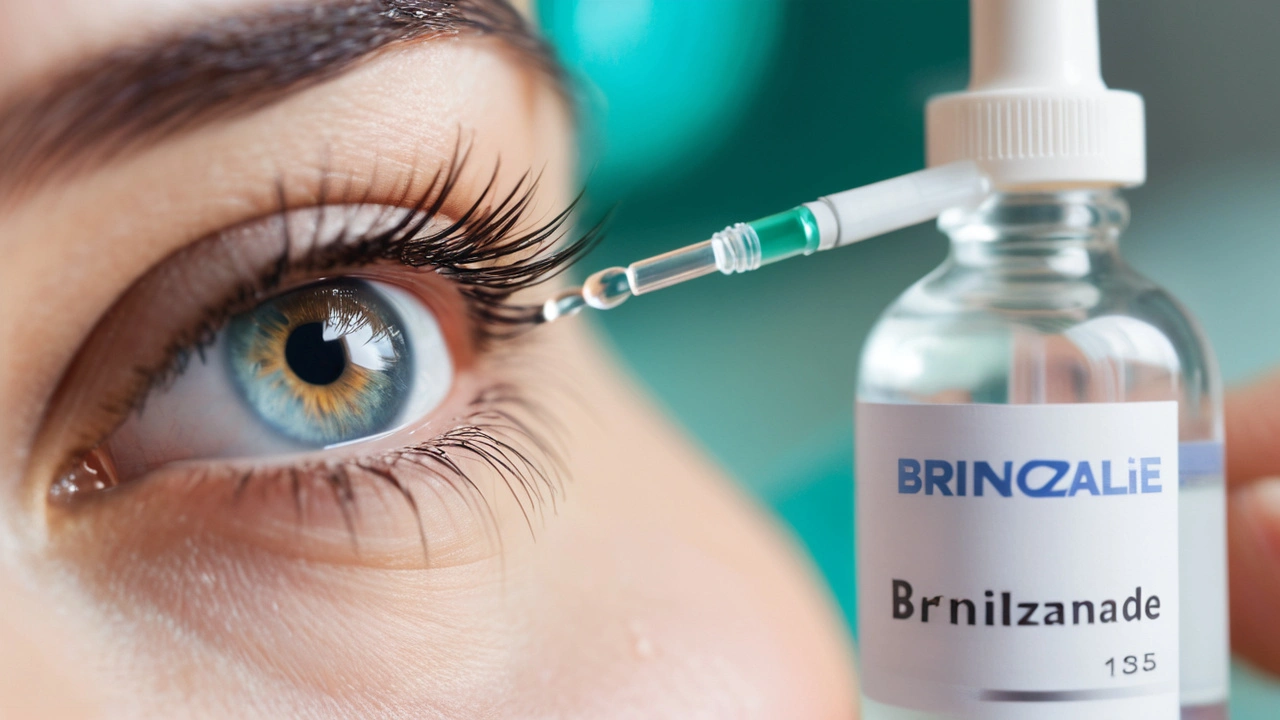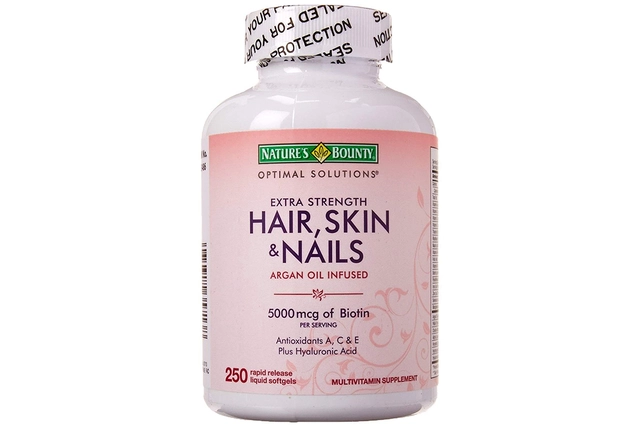Eye drainage system: how tears drain and when to act
Your eyes make tears all day. Mostly tears keep the surface healthy and clear. A small tube system moves tears from the eye into your nose. That system includes tiny channels at the eyelid edge, canaliculi, the lacrimal sac, and the nasolacrimal duct. If any part gets blocked, tears spill out or infections can start.
Common problems and symptoms
Blocked tear ducts cause watering eyes, sticky lashes, and repeated eye infections. Newborns often have a blocked duct that clears with gentle massage or a simple in-office probe. Adults can get blockages from infections, inflammation, injury, or age-related narrowing. You might notice tears pooling, a constant wet spot on your cheek, sticky discharge, or redness near the inner corner of the eye. Pain, swelling, or fever mean infection and need faster care.
Diagnosis and treatment options
An eye doctor checks the drainage system with simple tests. They may use dyes to see how fast tears move, probe the ducts, or image the area if needed. Treatment depends on cause and age. Babies often improve with eyelid massage and time. Antibiotics help infections. For persistent blockages doctors use minimally invasive options like lacrimal probing, balloon dilation, or placing a small stent to keep the duct open. If these fail or the problem is complex, a dacryocystorhinostomy (DCR) creates a new tear outlet into the nose. DCR can be done through the skin or through the nose with endoscopic tools.
What you can do right now
If your eye waters or looks infected, avoid touching it with dirty hands. Clean discharge gently with a warm, damp cloth. For newborns, massaging along the nasal side of the lower lid toward the nose a few times a day can help open the duct. Use any prescribed antibiotic drops exactly as directed. Don't delay if you have pain, fever, or vision changes.
When to see a specialist
See an ophthalmologist or an oculoplastic surgeon when symptoms are long lasting, recurrent, or severe. They work closely with ENT surgeons for complex cases near the nose. Bring notes about symptom timing, any injuries, past infections, and treatments you tried.
Quick facts and expectations
Most kids outgrow simple blockages by one year with conservative care or a quick outpatient probe. Adults often need procedural treatment when the blockage is persistent. Modern techniques work well and recovery is usually short. Ask your doctor about risks, success rates, and what to expect after each procedure.
If you want, I can help you prepare questions for your next visit or explain specific procedures in plain language.
Recovery tips: avoid heavy nose blowing for two weeks after surgery, sleep with your head elevated to reduce swelling, and follow medication instructions closely. Stents may stay in place for weeks and removal is usually quick in the clinic. Track symptoms and report increasing pain, fever, or thick yellow discharge. Early reporting often prevents bigger problems. Ask your doctor when normal activity can safely resume again.




